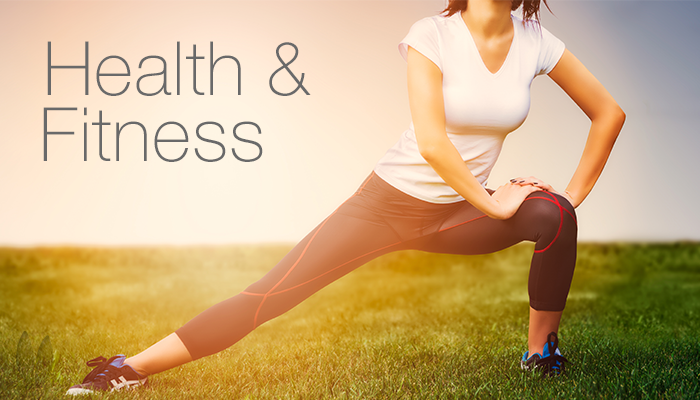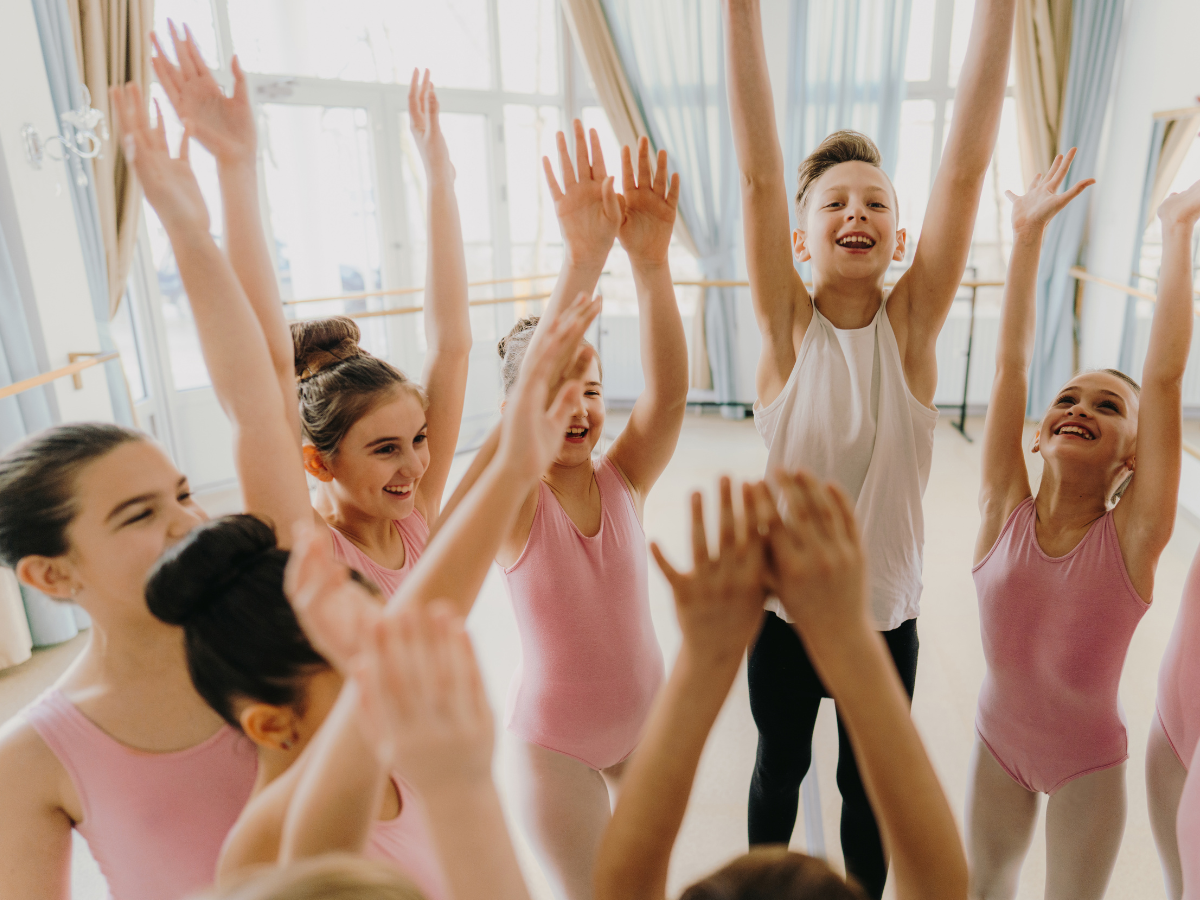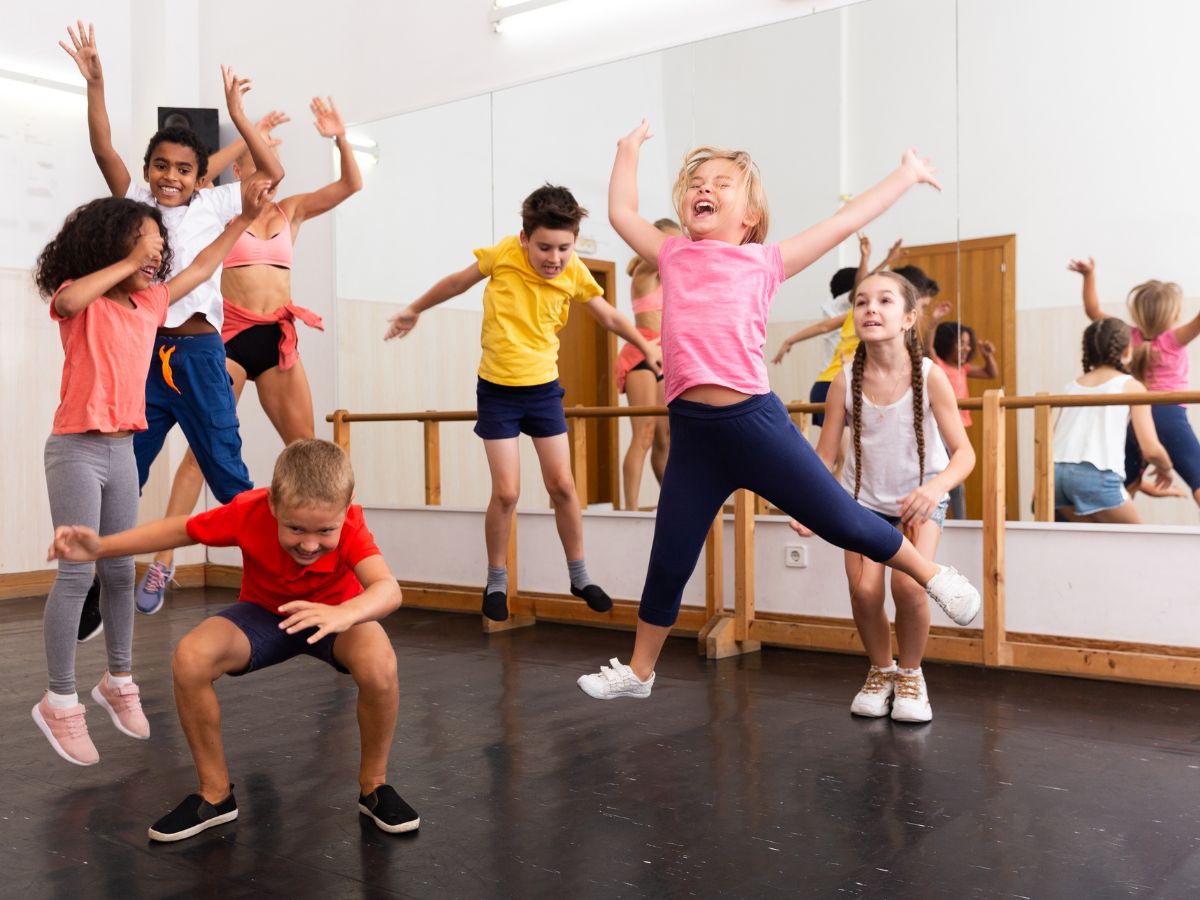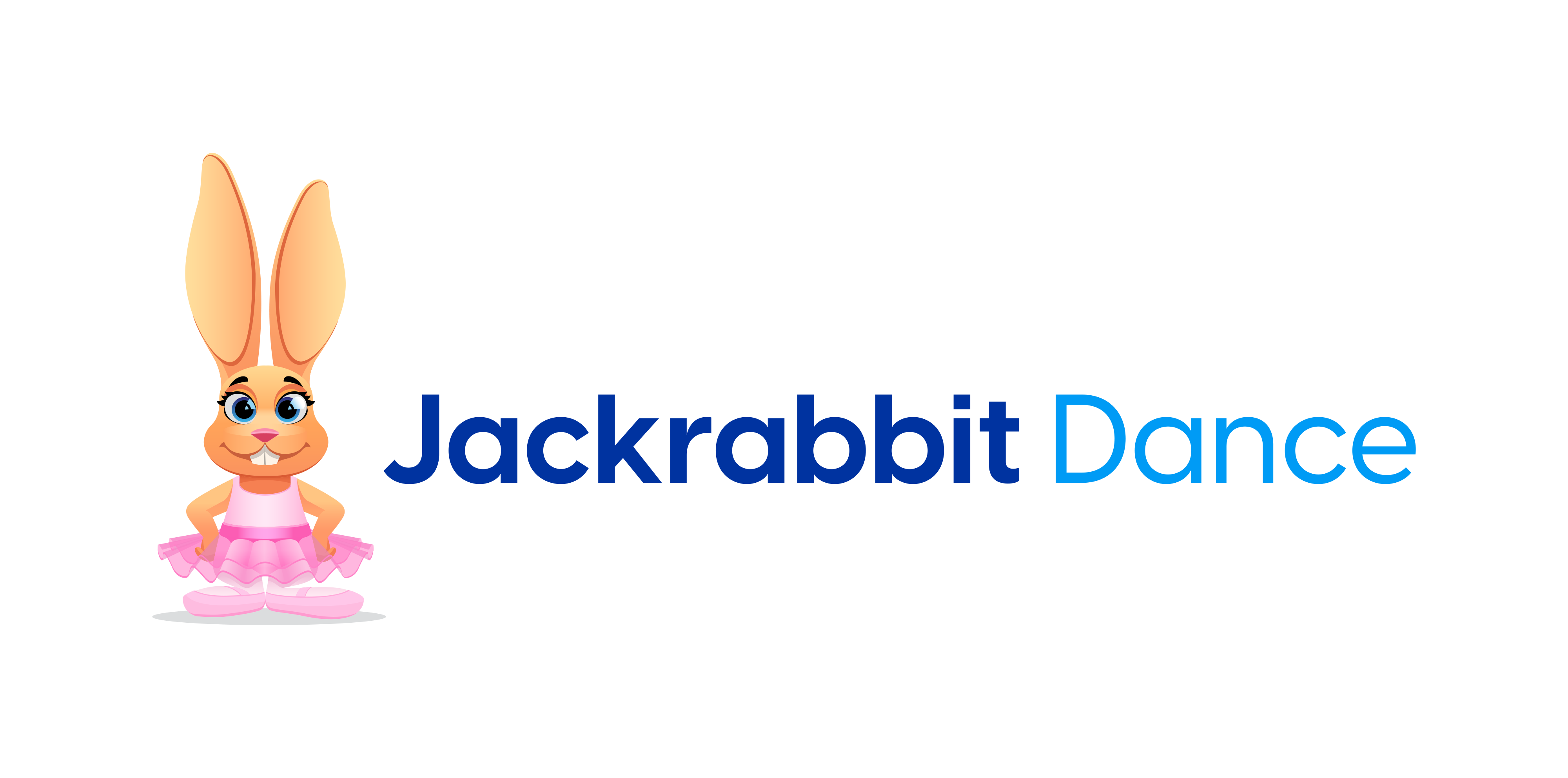Why should your students want to know how their muscles work?
Knowing how their muscles work will help your students understand how to execute their moves and combinations better and become better, more confident dancers.
The fancy term for the study of human movement is kinesiology. Dance Kinesiology is the study of human dance movements.
To understand how dance movements are accomplished and how muscles work to do this, your dancers must first know about the Law of Approximation. This law means that muscles can only pull their ends toward each other (shortening or contracting) and not pushing them away.
Now that it’s clear that muscles can only pull and not push, look at exactly what types of contractions make movement happen.
- Dynamic [Isotonic] Muscle Contractions
These contractions occur when there is a change in length of the involved muscle and observable joint. What is an example of this? When you’re sitting in a chair and decide to straighten your leg, your hamstring has to change length (or shorten) in order to lift your foot off of the ground and straighten your leg.
There are two types of dynamic muscle contractions:
- Concentric “toward the center”
Concentric contractions require the shortening of the muscle and visible joint movement in the direction of the action of the primary muscle. When we think of muscles contracting, we think of concentric contractions. With these types of contractions the torque (the tendency of a force to try to rotate an object about an axis) is greater than the resistance (the tendency to produce rotation in the opposite direction). All of that means the dancer feels stronger! - Eccentric “away from the center”
Eccentric contractions require the lengthening of the muscle meaning the distance between the ends of the muscle gets greater, gradually decreasing the contraction. Using the example from above: if you’re sitting in a chair and you contract the muscle to lift your leg up, you will gradually release the leg back down to the ground by lengthening the muscle until it reaches its resting length.
- Static [Isometric] Muscle Contractions
These contractions involve a partial or complete contraction of the muscle where no visible joint movement occurs. This means you are holding the contraction still (or static). This also means the torque and resistance are being exactly counterbalanced so no movement occurs.
All of your muscles have roles for each movement you are executing. Sort of like the cast in your performance.
Movers (Agonist): A muscle or muscles whose contraction produces the desired joint movement. If many muscles are serving as the movers, they break down into prime (primary) or assistant (secondary) movers. For example: Parallel attitude, the agonists: hip extensors including the hamstrings.
Antagonist: Muscle or muscles with an action opposite to the action of the prime mover. They are usually on the opposite side of the joint, opposite to the agonist. The antagonist usually rest while the agonists do the work, but when something needs to be held rigid or stable, both the agonists and antagonists must work together. This is called co-contraction.
Synergist (Neutralizers): A muscle that works together with the agonists to help achieve the movement goal.
Stabilizers (Fixators): A muscle that contracts isometrically to support a body part against forces related to muscle contraction, gravity, soft tissue constrains, momentum or recoil from the movement. For example, to achieve a strong grand battement, you need your abdominal muscles stabilized to keep the pelvis and spine in place.
Here are a few things that your dancers should be noticing while they’re dancing:
- Which muscles are engaged? Which are resting? Which are helping support me? Which are stabilizing me?
- Where are you sending your energy? What muscles do you need to engage in order to achieve the movement goal?
- What are my agonists and antagonists? Where are they? What are they doing?
- Which muscle is shortening right now? Which muscle is waiting to lengthen? Can you visualize this happening?
- Do you realize that if there weren’t some muscles engaged at all times, you’d be a heap of bones and muscles on the floor?
Once your dancers start understanding how their muscles work, their mental power will dramatically change their dancing.
Watch a video about anatomy and kinesiology for dancers (by Cathy Roe Dance) here.
For your dancers interested in learning more about dance kinesiology, Dance Anatomy & Kinesiology by Karen Clippinger is available online.






